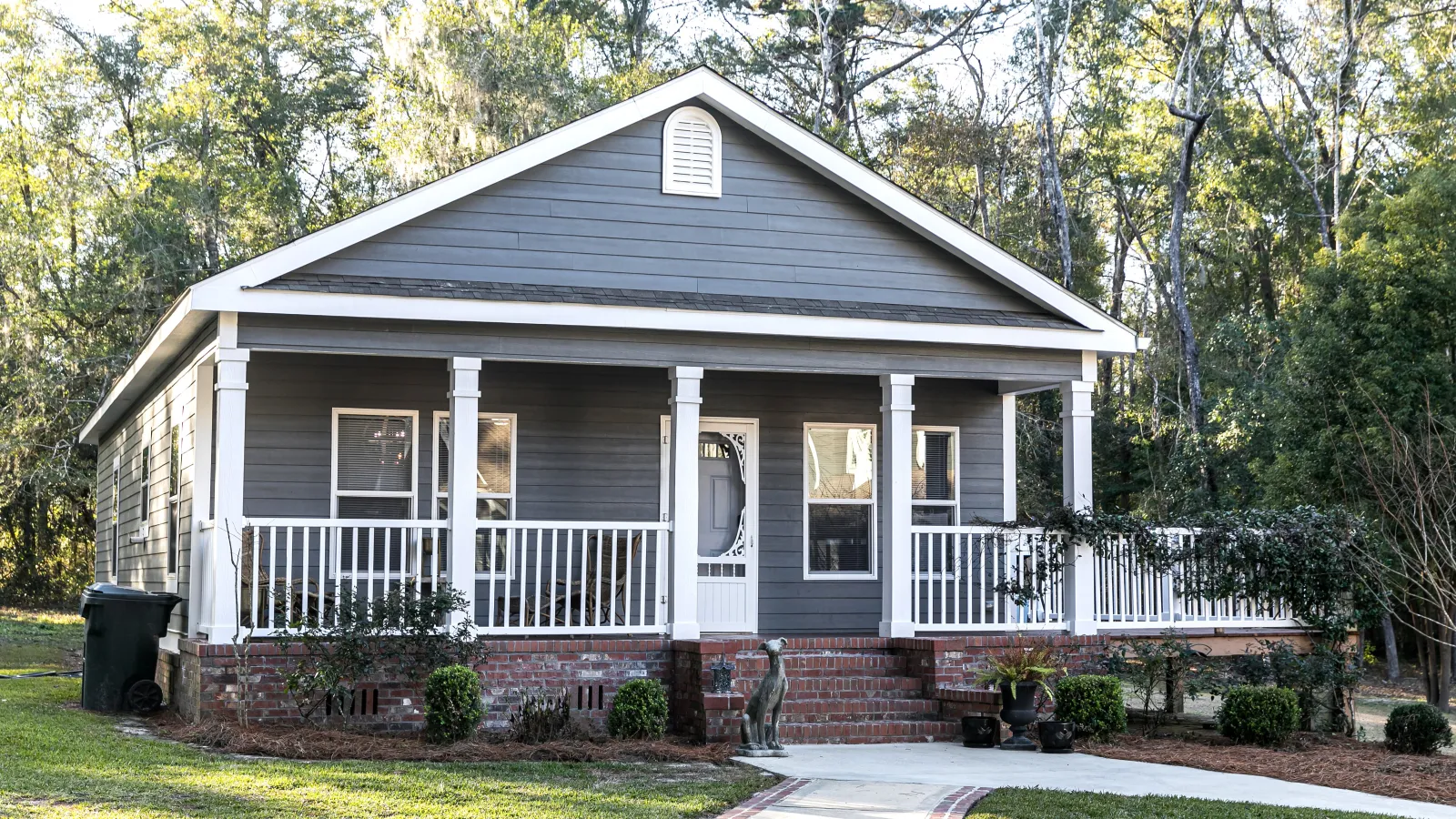The recently released 2015 Farmers‘ Almanac uses words like “stinging”, “biting”, and “wintry” to describe the below normal temperatures it forecasts for the Midwest and Northeast this coming winter. Sound familiar? The publication predicted the same bitter cold for last winter and, indeed, those regions of the country experienced one of the coldest and snowiest winter‘s in history! Water pipes froze and burst, homeowners couldn‘t keep warm in their homes, furnaces consumed excessive amounts of energy by running constantly day and night, and the cost of heating a home skyrocketed!
To avoid these problems, homeowners should prepare in advance for what is predicted to be another uncommonly cold winter. You can have your furnace checked by a heating professional, make sure your windows and doors are tightly sealed, and, perhaps most importantly, call a professional to make sure your home is adequately insulated.
Why is insulation so important? The walls and attic make up 80% of your home‘s exposure to outside air! If your home is under-insulated—or uninsulated–that likely is a major cause of the issues that occur in extremely cold weather.
Adding new insulation to an existing home can be difficult in some cases. Walls need to be torn up to install certain types of insulation. Injection foam insulation such as our Premium Foam, however, can be installed with little or no disturbance to the home. Because it is injected as a liquid into small holes drilled on the outside of the home, it squeezes into spaces that other products can‘t reach—small cracks, crevices, around wires, pipes and other obstacles. This creates a “no breaks” barrier that quickly hardens into a Styrofoam-like material that won‘t settle over time. Injection foam can also be installed over existing insulation. When all the wall cavities are filled, the small holes are patched to match the exterior.
Injection foam can be installed in homes with most any type of surface—brick, stucco, cement, block, aluminum and vinyl siding to name a few.
According to the U.S. Department of Energy, “Properly insulating your home not only reduces heating and cooling costs, but also improves comfort.” It also says that “The more heat flow resistance your insulation provides (measured by R-Value), the lower your heating and cooling costs.” Premium Foam has a higher R-Value than other types of insulation.
Farmers and city folk alike have depended on Farmers‘ Almanac for their long range weather forecasts since 1818. It‘s best to take them seriously when they say, “All of us at the Farmers‘ Almanac suggest you stock up on firewood, sweaters, and hot cocoa. It certainly looks like another long winter of shivery and shovelry is on tap.”
Homeowners can‘t do anything about the weather outside, but they can do something about the weather inside simply by insulating their homes!



